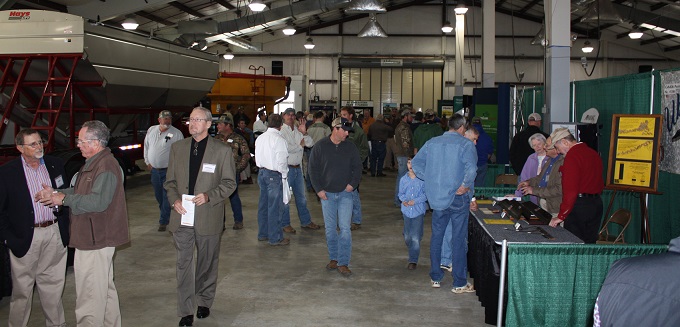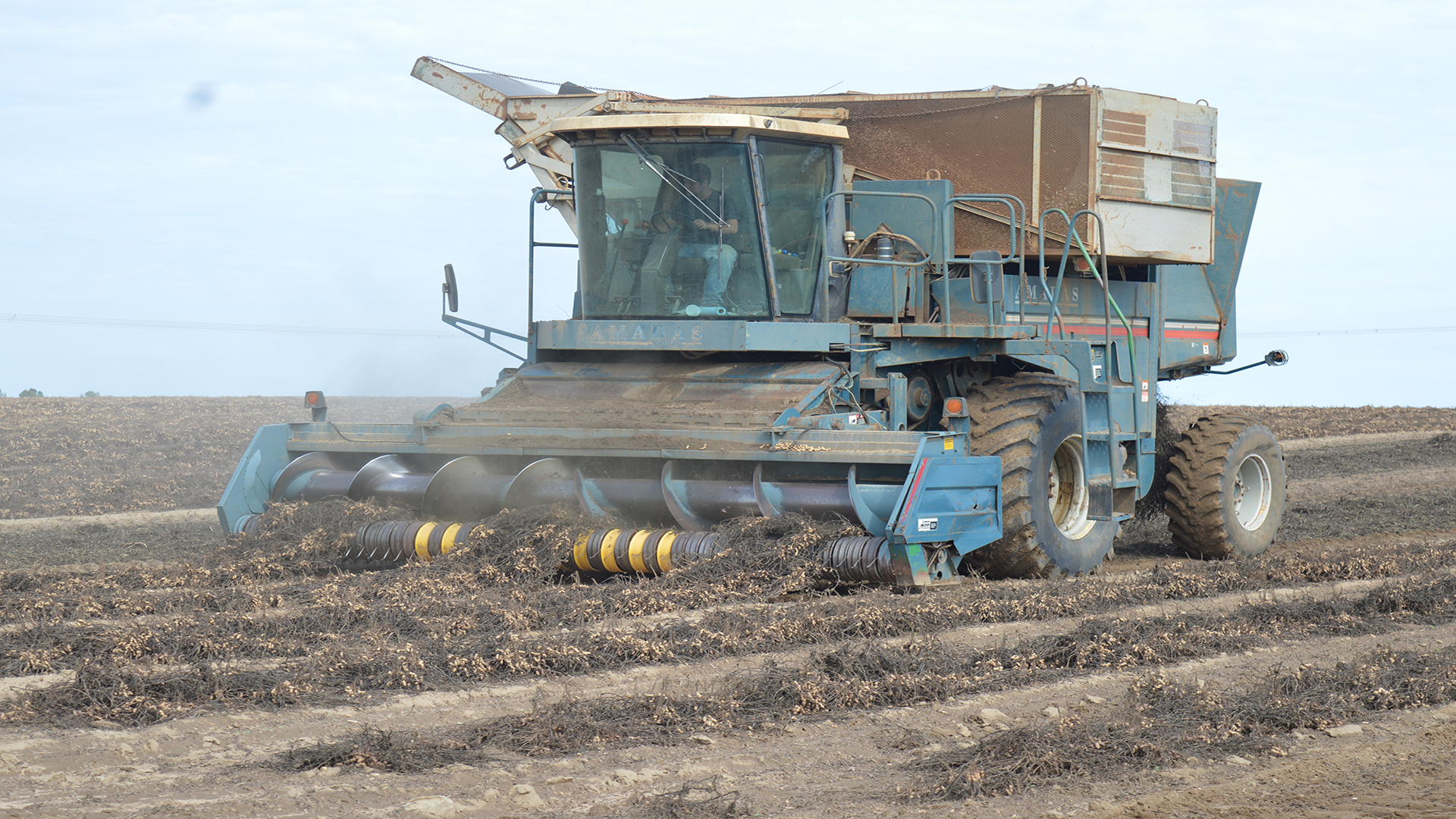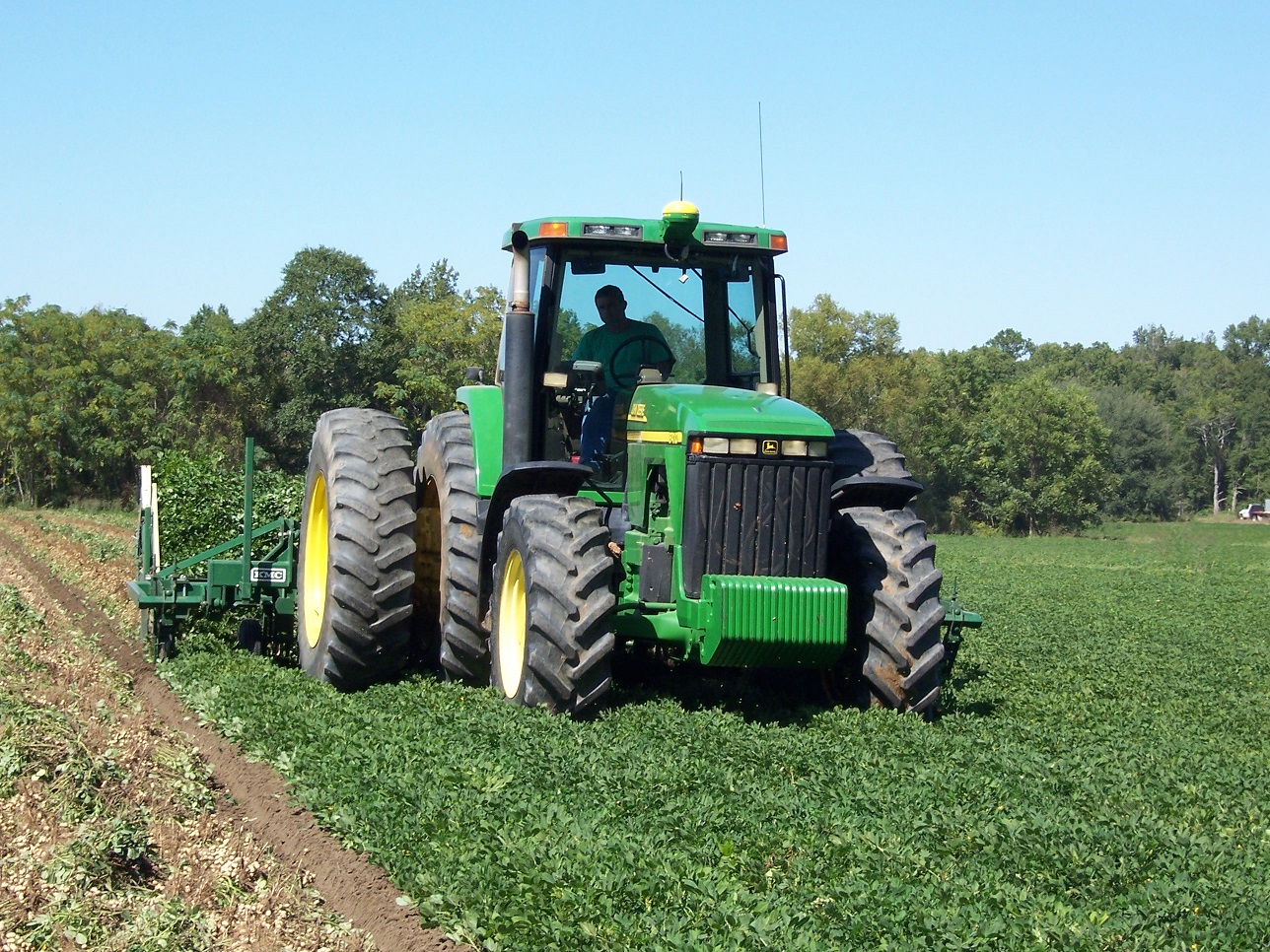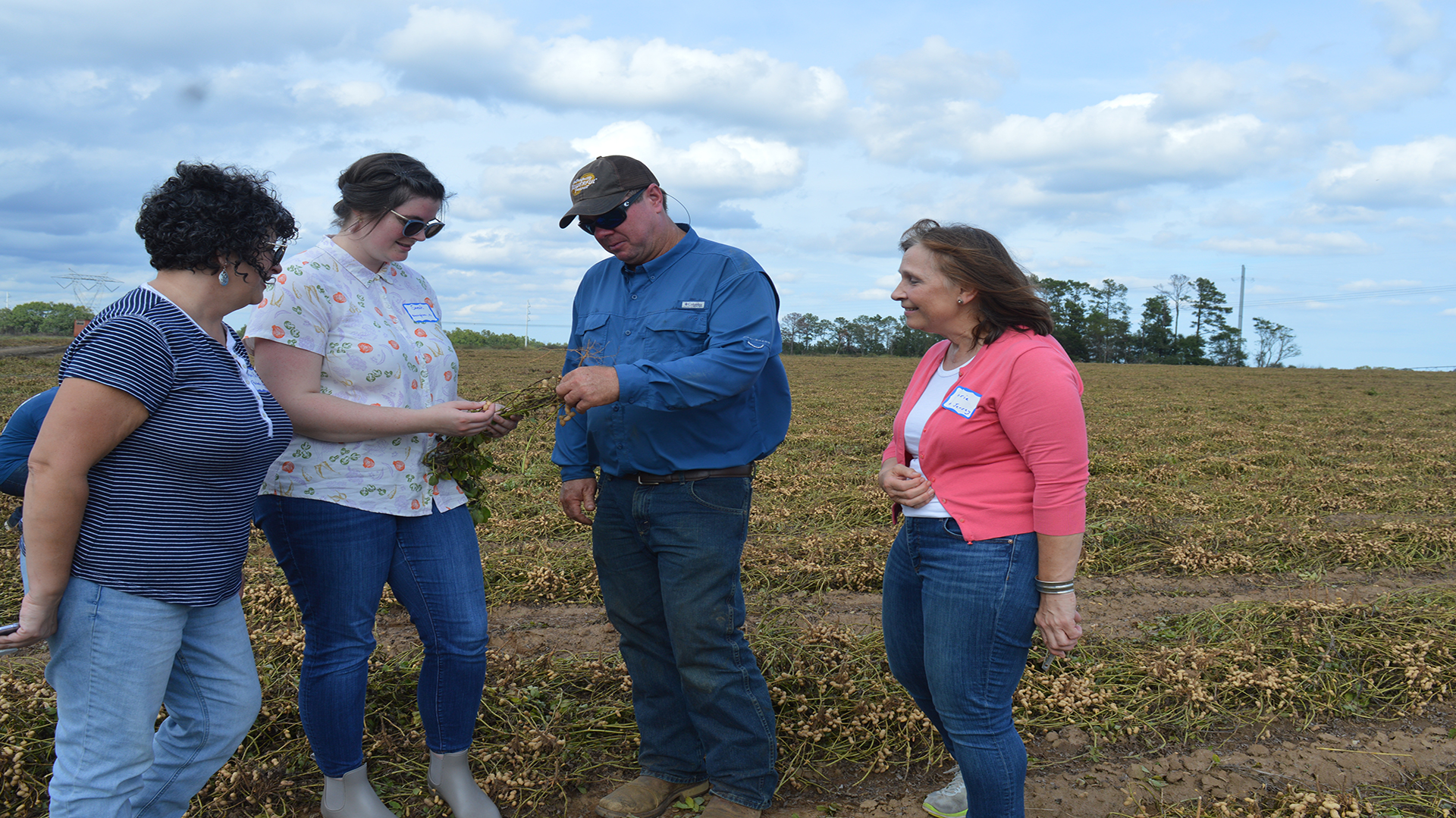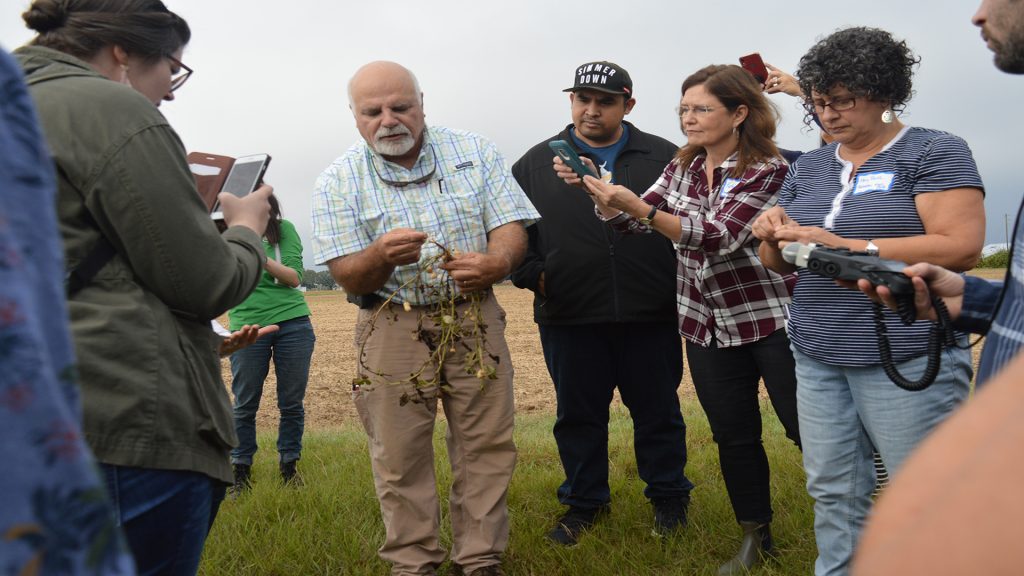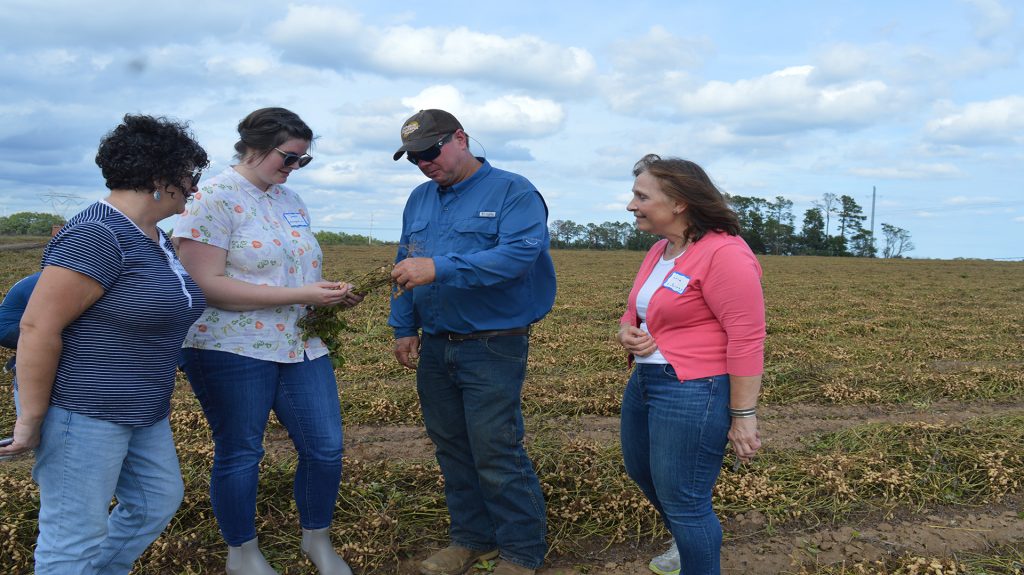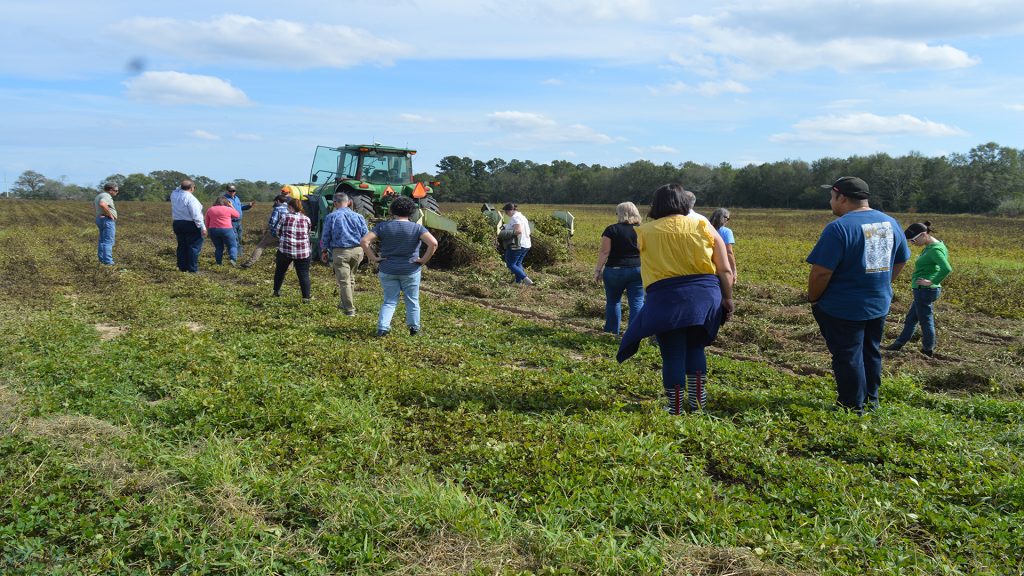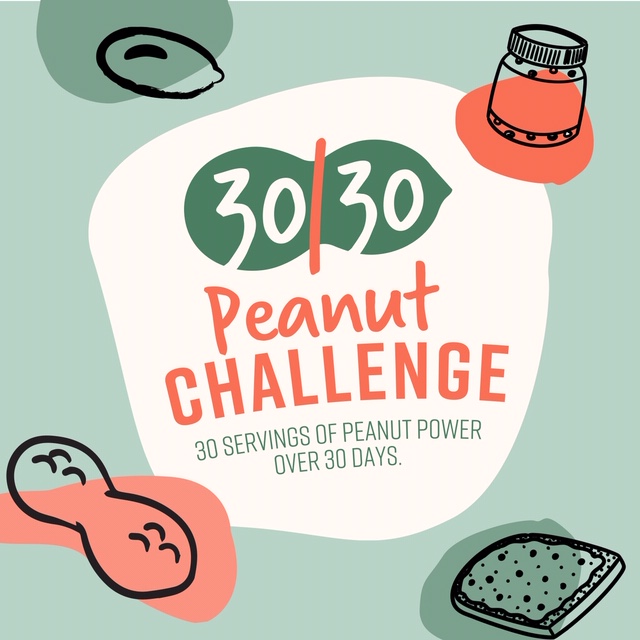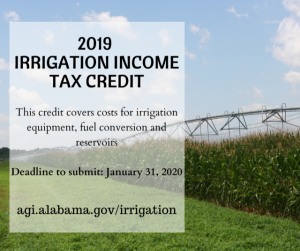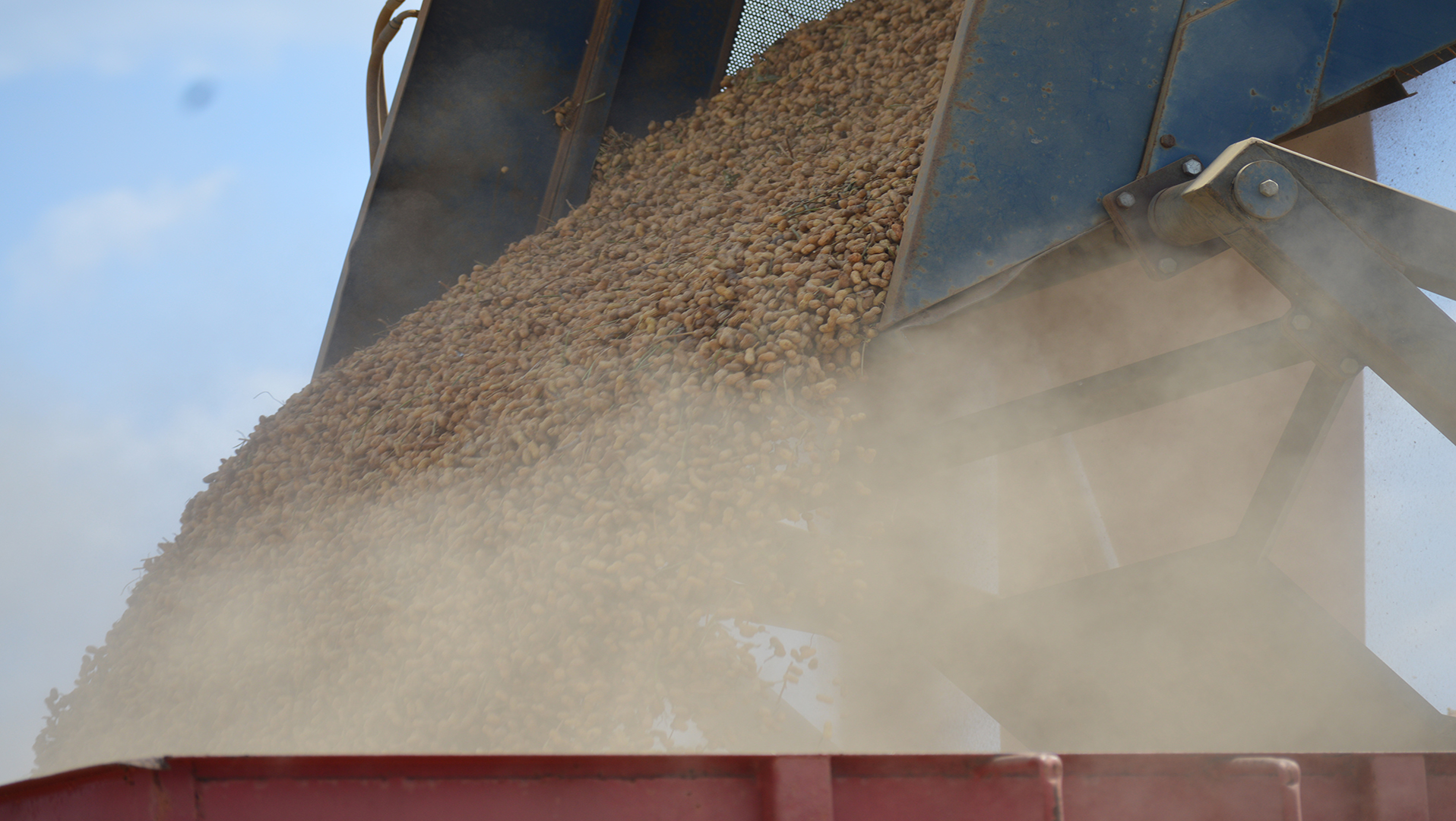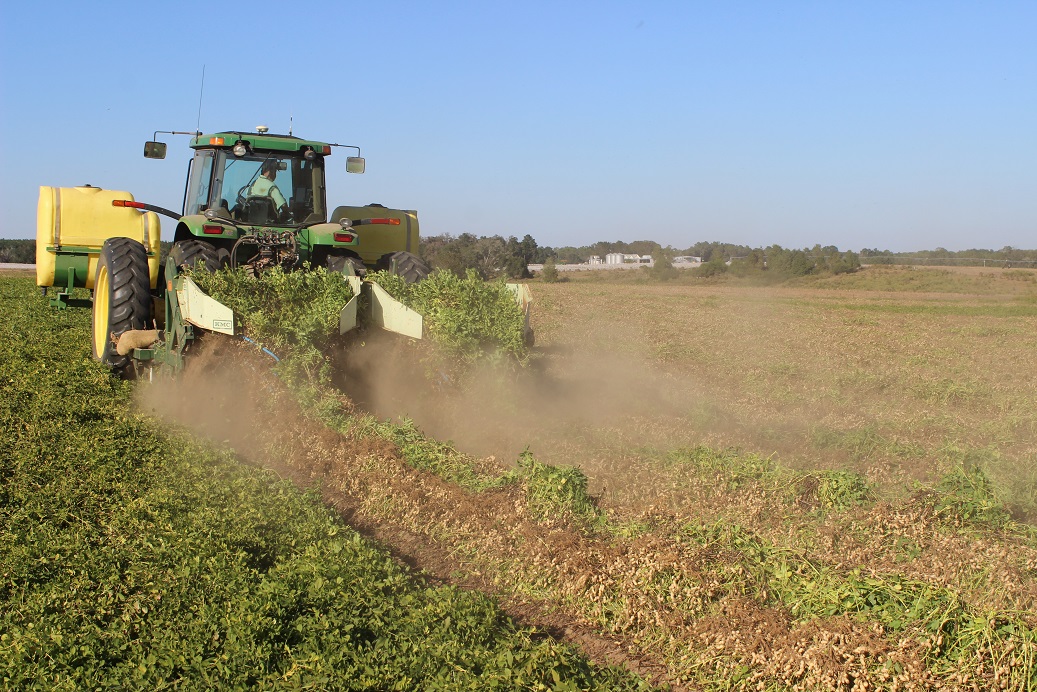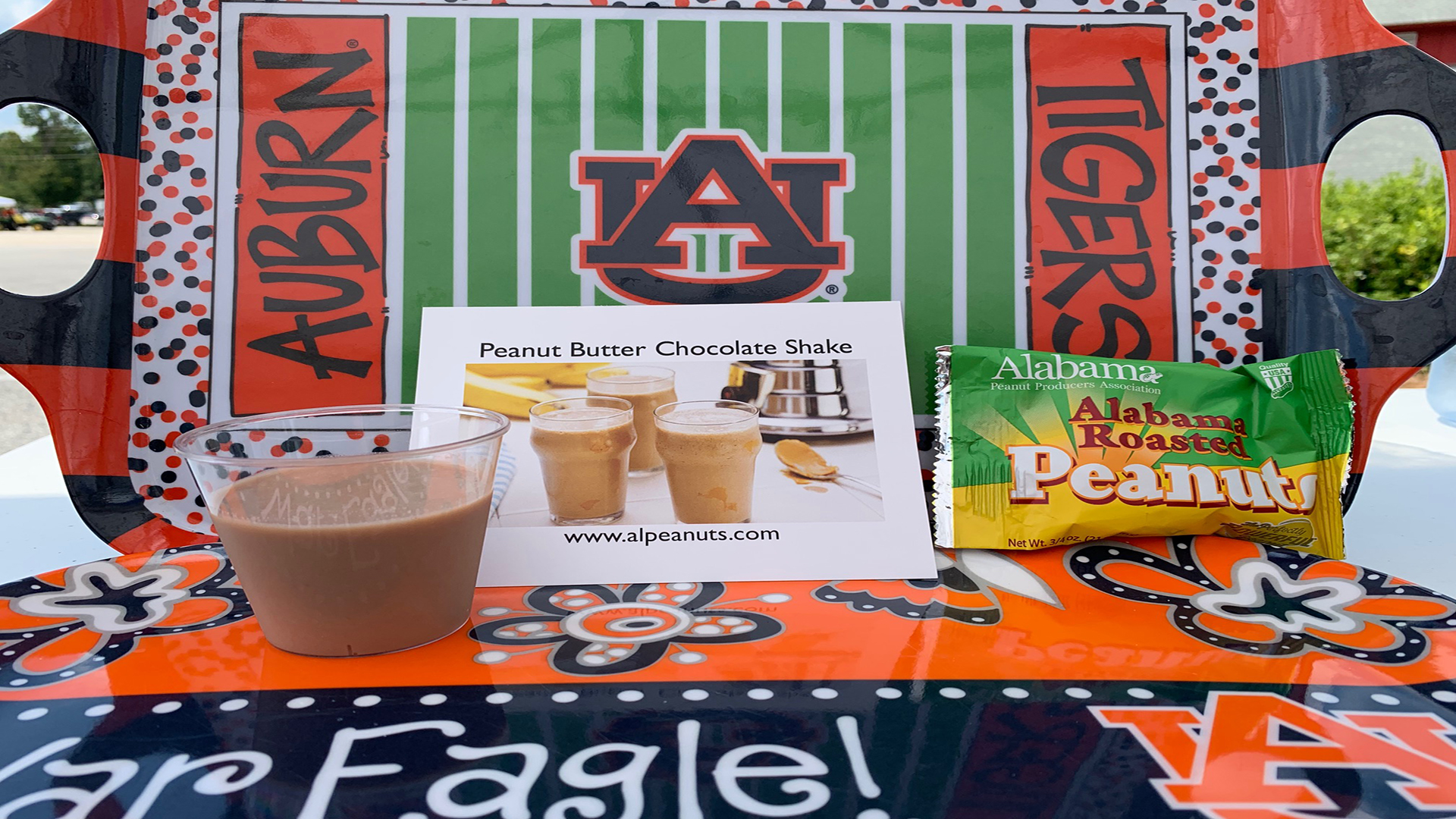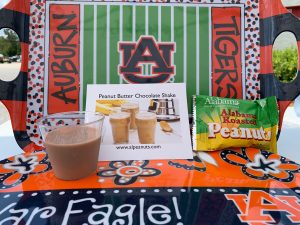(Washington, D.C., Nov. 15) – U.S. Secretary of Agriculture Sonny Perdue today announced the second tranche of 2019 Market Facilitation Program (MFP) payments aimed at assisting farmers suffering from damage due to unjustified trade retaliation by foreign nations. The payments will begin the week before Thanksgiving. Producers of MFP-eligible commodities will now be eligible to receive 25 percent of the total payment expected, in addition to the 50 percent they have already received from the 2019 MFP.
“This second tranche of 2019 MFP payments, along with already provided disaster assistance, will give farmers, who have had a tough year due to unfair trade retaliation and natural disasters, much-needed funds in time for Thanksgiving,” said Secretary Perdue. “President Trump has shown time and again that he is fighting for America’s farmers and ranchers. While we continue to have confidence in the president’s negotiations with China, this money shows President Trump following through on his promise to help and support farmers as he continues to fight for fair market access.”
Background On USDA’s Support Package for Farmers
President Donald J. Trump directed Perdue to craft a second relief strategy to support American agricultural producers while the administration continues to work on free, fair and reciprocal trade deals to open more markets to help American farmers compete globally. Specifically, the president authorized the U.S. Department of Agriculture (USDA) to provide up to $16 billion in programs, which is in line with the estimated impacts of unjustified retaliatory tariffs on U.S. agricultural goods and other trade disruptions. In May, Perdue announced these actions to assist farmers in response to trade damage from unjustified retaliation and trade disruption:
MFP for 2019, authorized under the Commodity Credit Corporation (CCC) Charter Act and administered by the Farm Service Agency (FSA), is providing $14.5 billion in direct payments to producers.
Additionally, CCC Charter Act authority is being used to implement a $1.4 billion Food Purchase and Distribution Program (FPDP) through the Agricultural Marketing Service (AMS) to purchase surplus commodities affected by trade retaliation such as fruits, vegetables, some processed foods, beef, pork, lamb, poultry, and milk for distribution by the Food and Nutrition Service (FNS) to food banks, schools, and other outlets serving low-income individuals.
Finally, the CCC has used its Charter Act authority for $100 million to be issued through the Agricultural Trade Promotion Program (ATP) administered by the Foreign Agriculture Service (FAS) to assist in developing new export markets on behalf of producers.
Details Regarding Second Tranche Of 2019 MFP Payments
MFP signup at local FSA offices will run through Friday, Dec. 6, 2019.
Payments will be made by the Farm Service Agency (FSA) under the authority of the Commodity Credit Corporation (CCC) Charter Act to producers of alfalfa hay, barley, canola, corn, crambe, dried beans, dry peas, extra-long staple cotton, flaxseed, lentils, long grain and medium grain rice, millet, mustard seed, oats, peanuts, rapeseed, rye, safflower, sesame seed, small and large chickpeas, sorghum, soybeans, sunflower seed, temperate japonica rice, triticale, upland cotton, and wheat. MFP assistance for these non-specialty crops is based on a single county payment rate multiplied by a farm’s total plantings of MFP-eligible crops in aggregate in 2019. Those per-acre payments are not dependent on which of these crops are planted in 2019. A producer’s total payment-eligible plantings cannot exceed total 2018 plantings. County payment rates range from $15 to $150 per acre, depending on the impact of unjustified trade retaliation in that county.
Dairy producers who were in business as of June 1, 2019, will receive a per hundredweight payment on Dairy Margin Coverage (DMC) production history, and hog producers will receive a payment based on the number of live hogs owned on a day selected by the producer between April 1 and May 15, 2019.
MFP payments will also be made to producers of almonds, cranberries, cultivated ginseng, fresh grapes, fresh sweet cherries, hazelnuts, macadamia nuts, pecans, pistachios, and walnuts. Each specialty crop will receive a payment based on 2019 acres of fruit or nut bearing plants, or in the case of ginseng, based on harvested acres in 2019.
Acreage of non-specialty crops and cover crops had to be planted by Aug. 1, 2019 to be considered eligible for MFP payments.
Per-acre non-specialty crop county payment rates, specialty crop payment rates, and livestock payment rates are all currently available on farmers.gov.
This is the second of up to three tranches of MFP payments. The third tranche will be evaluated as market conditions and trade opportunities dictate. If conditions warrant, the third tranche will be made in January 2020. The first tranche was comprised of the higher of either 50 percent of a producer’s calculated payment or $15 per acre, which may reduce potential payments to be made in tranche three. USDA will begin making the second tranche payments the week before Thanksgiving.
MFP payments are limited to a combined $250,000 for non-specialty crops per person or legal entity. MFP payments are also limited to a combined $250,000 for dairy and hog producers and a combined $250,000 for specialty crop producers. However, no applicant can receive more than $500,000. Eligible applicants must also have an average adjusted gross income (AGI) for tax years 2015, 2016, and 2017 of less than $900,000 unless at least 75 percent of the person’s or legal entity’s AGI is derived from farming, ranching, or forestry related activities. Applicants must also comply with the provisions of the Highly Erodible Land and Wetland Conservation regulations.
Many producers were affected by natural disasters this spring, such as flooding, that kept them out of the field for extended periods of time. Producers who filed a prevented planting claim and planted an FSA-certified cover crop, with the potential to be harvested qualify for a $15 per acre payment. Acres that were never planted in 2019 are not eligible for an MFP payment.
In June, H.R. 2157, the Additional Supplemental Appropriations for Disaster Relief Act of 2019 was signed into law by President Trump, requiring a change to the first round of MFP assistance provided in 2018. Producers previously deemed ineligible for MFP in 2018 because they had an average AGI level higher than $900,000 may now be eligible for 2018 MFP benefits. Those producers must be able to verify 75 percent or more of their average AGI was derived from farming and ranching to qualify. This supplemental MFP signup period will run parallel to the 2019 MFP signup, from July 29 through December 6, 2019.
For more information on the MFP, visit www.farmers.gov/mfp or contact your local FSA office, which can be found at www.farmers.gov.

